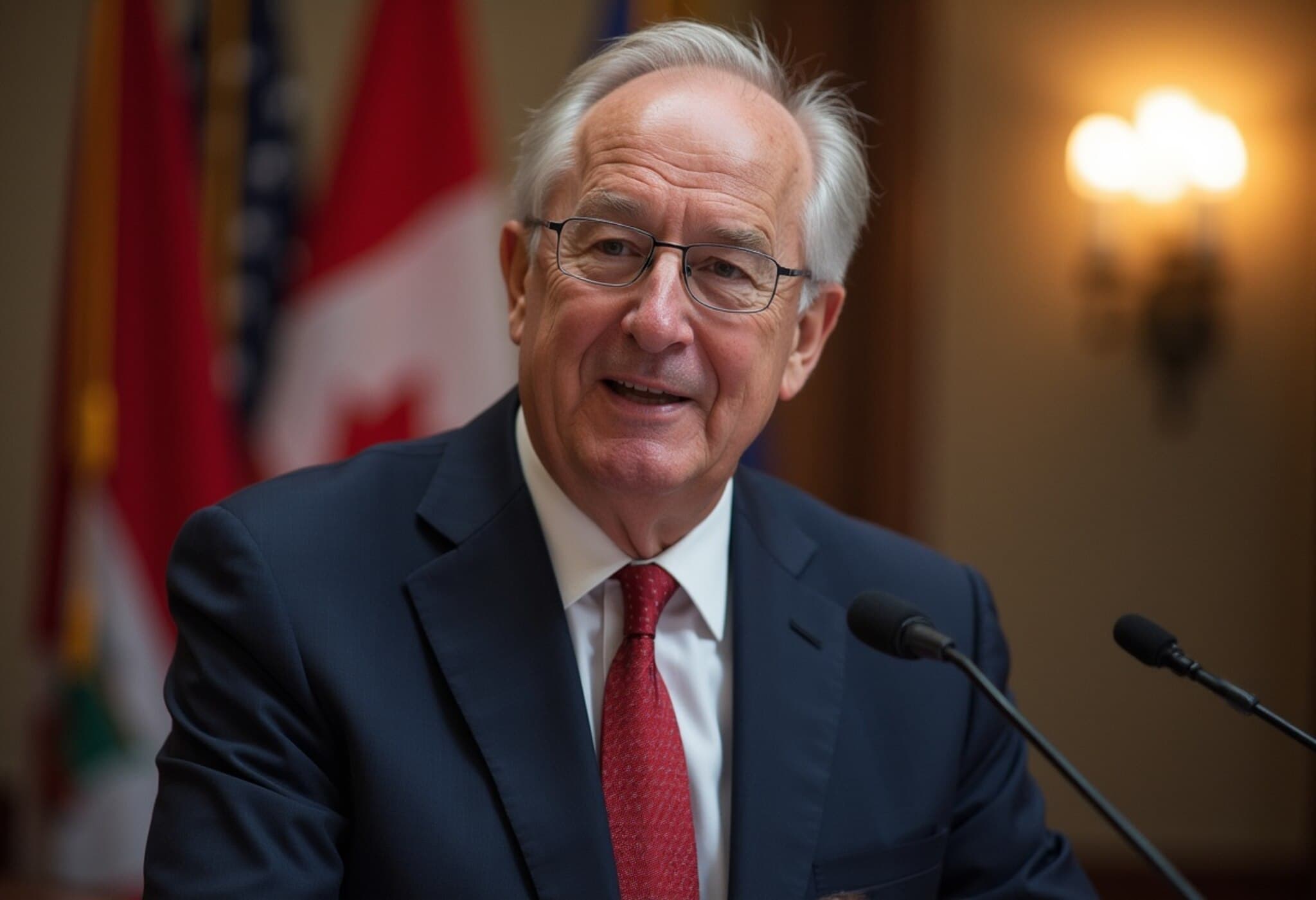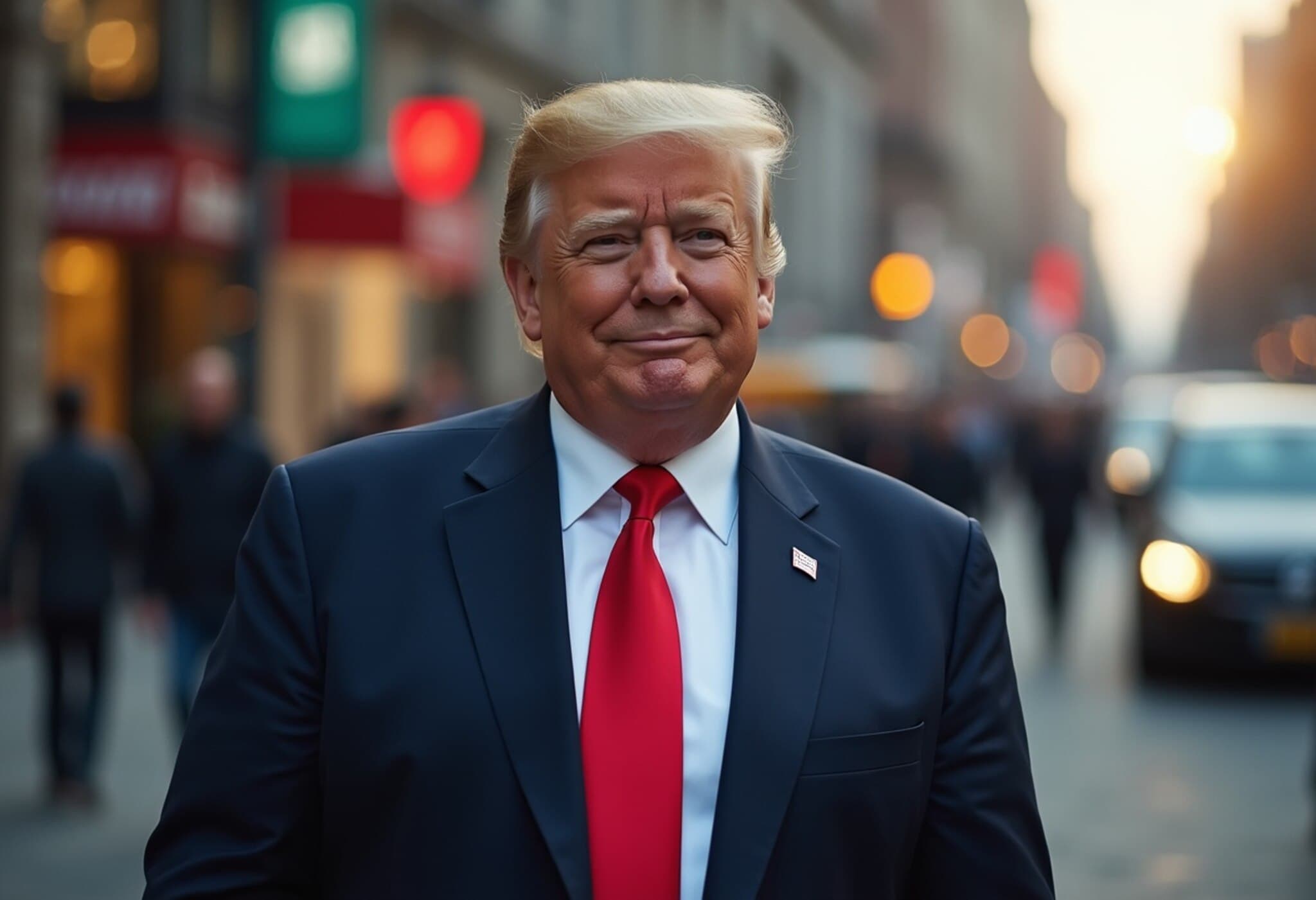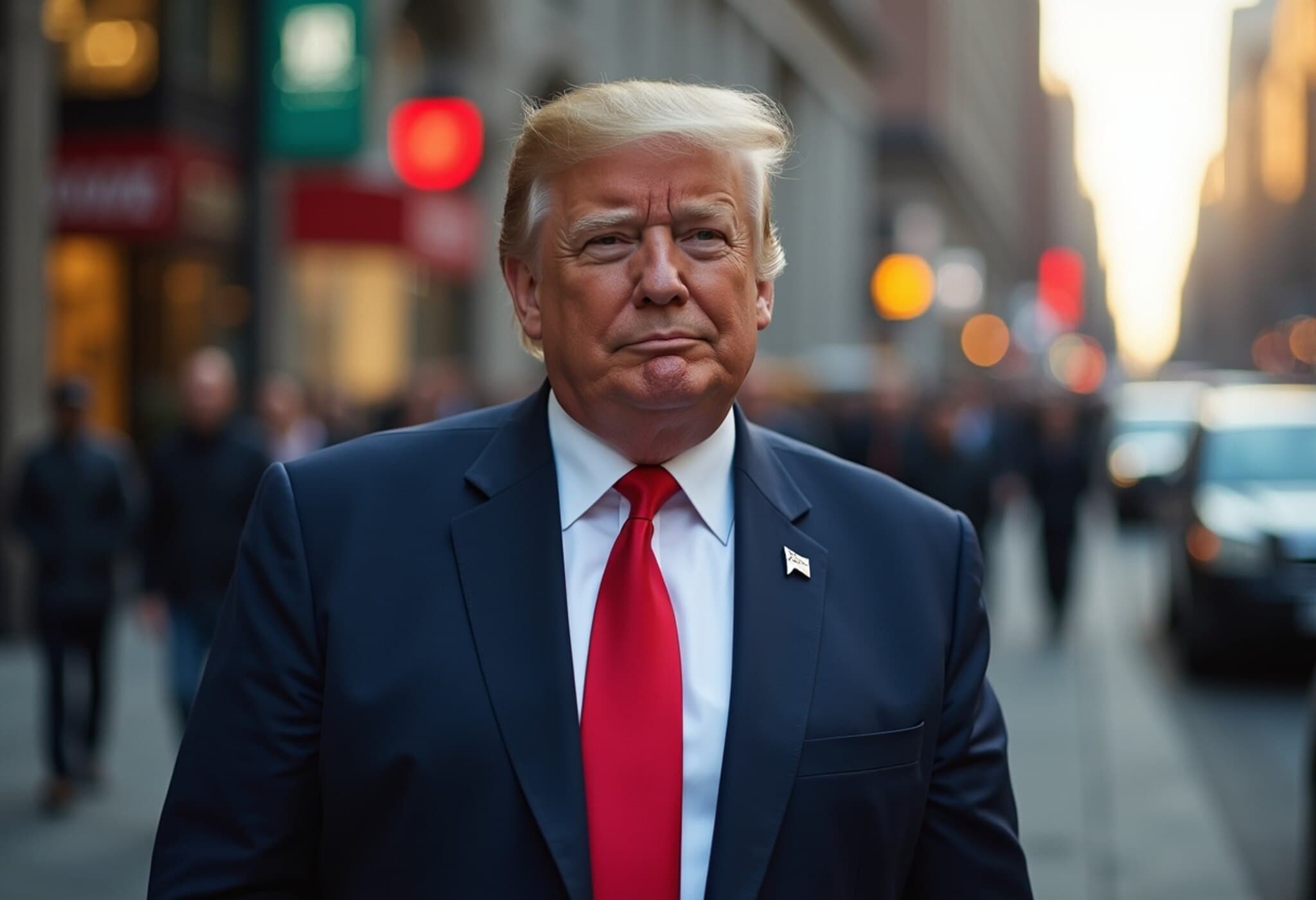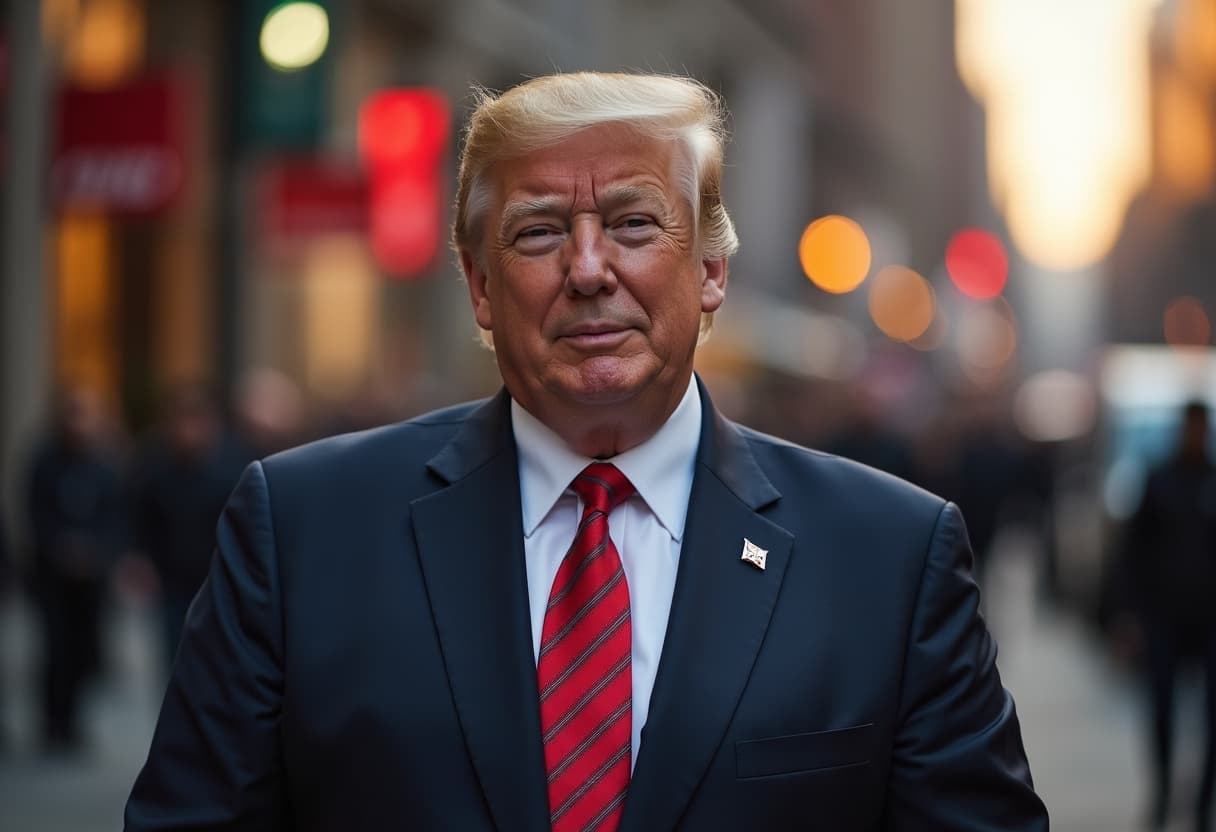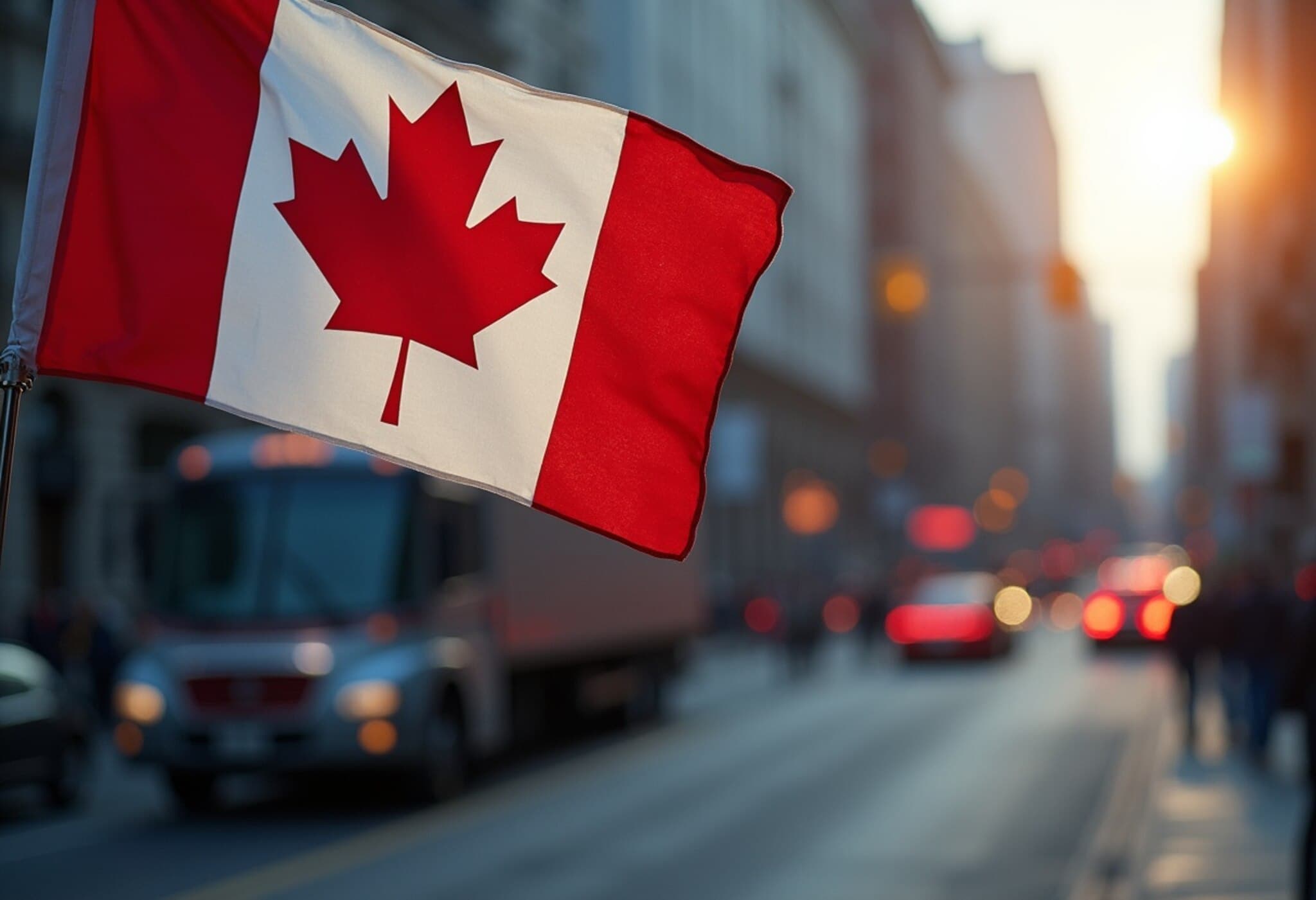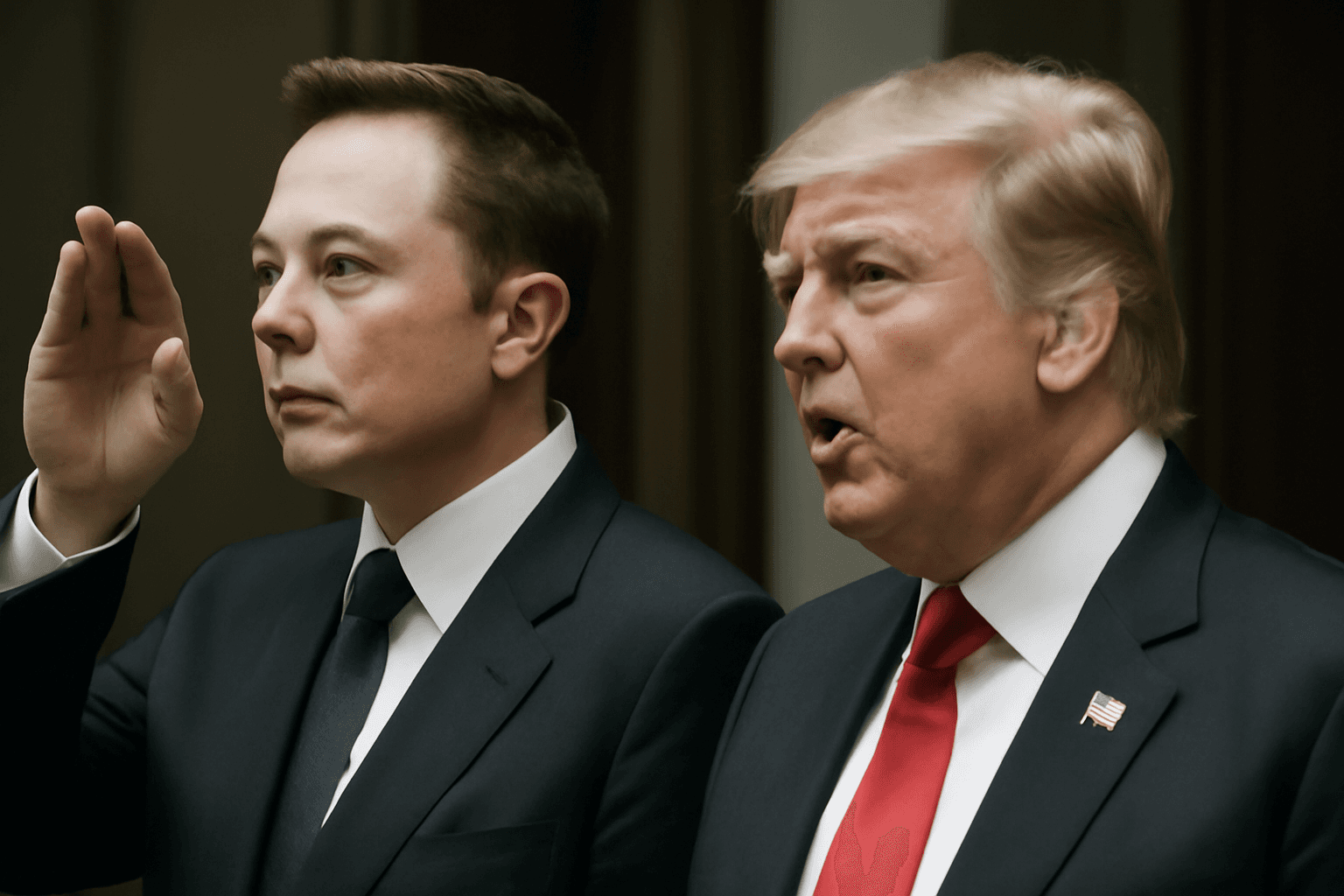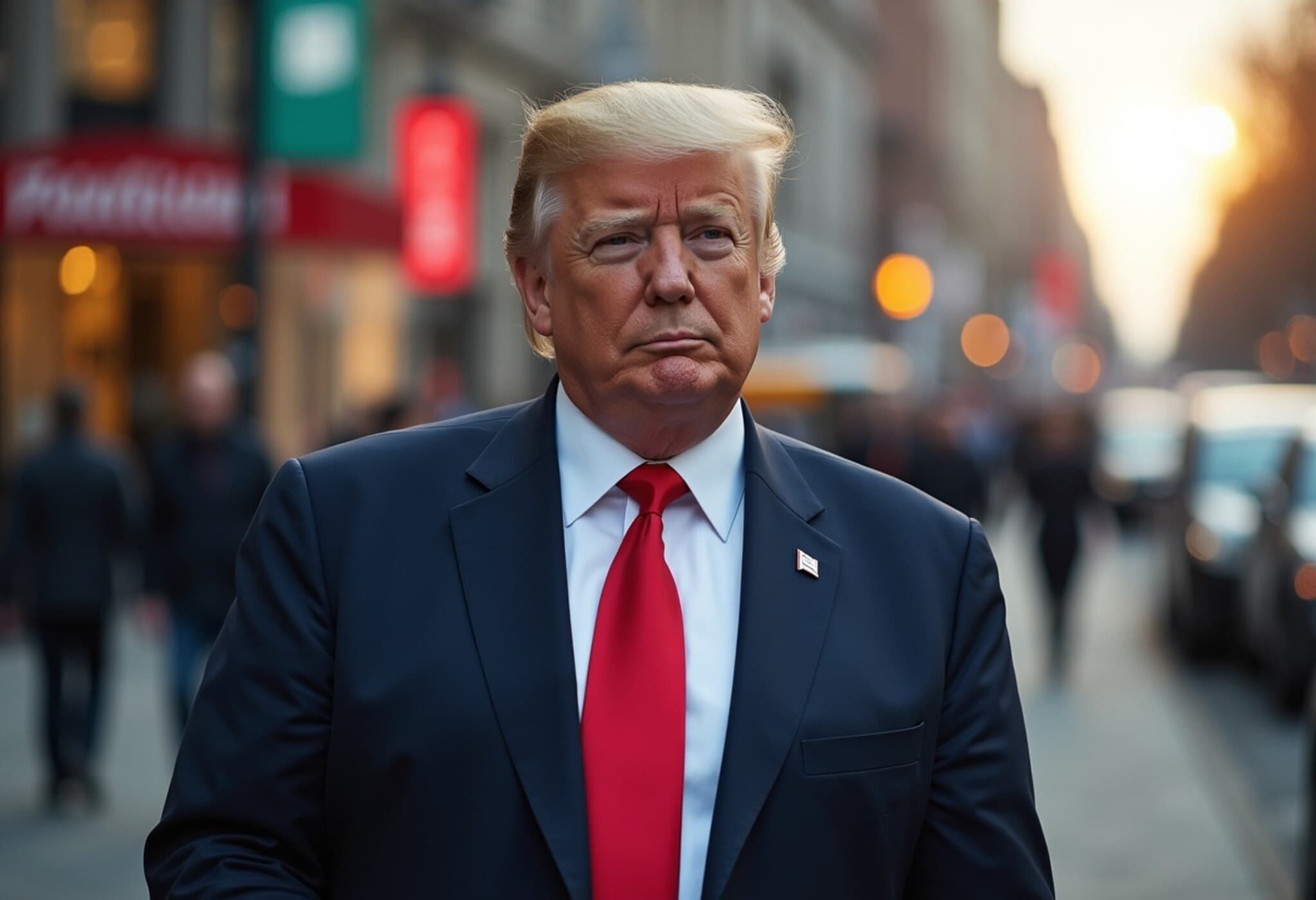Canada Rethinks Trade Strategy as U.S. Imposes Higher Tariffs
In the wake of the United States raising tariffs on Canadian goods, Prime Minister Mark Carney is signaling a significant shift in Canada’s economic posture. Speaking at a lumber mill in West Kelowna, British Columbia, on August 5, 2025, Carney emphasized Canada’s urgent need to diversify away from its historically dominant trading relationship with the U.S.
De-Emphasizing Retaliation, Prioritizing Resilience
Contrary to public expectations of tit-for-tat tariff hikes, Carney ruled out imposing new retaliatory tariffs against American products. Instead, he is focusing government efforts on nurturing domestic industries and helping Canadian companies innovate and unlock new markets globally.
“We cannot count or fully rely on what has been our most valued trading relationship for our prosperity,” Carney told reporters, highlighting a pragmatic recalibration of Canadian trade policy. By fostering homegrown strength and seeking international buyers, Canada hopes to cushion the blow of escalating U.S. trade restrictions.
Context: The Latest Tariffs and Trade Tensions
- Just days earlier, President Trump increased tariffs on Canadian imports, notably raising duties on autos from 25% to 35%, and maintaining steep 50% tariffs on steel and aluminum.
- Despite this, close to 85% of bilateral trade remains tariff-free thanks to exceptions for North American–origin products under the USMCA trade agreement.
- Trade negotiations between Canada and the U.S. recently collapsed after Trump denied Canada an extension, unlike Mexico, which was granted a 90-day tariff suspension after talks with its leader.
These new tariffs weigh heavily on sensitive industries like automotive manufacturing and steel production — sectors critical to employment and regional economies in both Canada and the United States.
Diplomatic Status and Economic Implications
Carney noted he has yet to engage directly with President Trump since the tariff hikes, downplaying any notion of imminent dialogue. “We’ll speak when it makes sense,” he said, signaling cautious diplomacy amid tense relations.
For Canada, the strategic imperative is clear. The era of near-unilateral dependence on the U.S. market looks increasingly uncertain. By embracing economic diversification, Canada aims to reduce vulnerability to unpredictable policy shifts and foster sustained growth.
Expert Insight: The Road Ahead for Canada’s Trade Policy
Economic analysts suggest that Canada’s shift mirrors a broader global trend where countries are reassessing the risks of overreliance on a single trade partner. Diversification is not just an economic strategy but a geopolitical necessity.
Opportunities and challenges include:
- Expanding relationships with emerging markets in Asia and Europe could open new growth avenues for Canadian exporters.
- Innovation in product development is essential for competitiveness in the global market.
- Domestic job creation and workforce training will be key to adapting to new industries and markets.
- Diplomatic engagement must balance trade interests with geopolitical realities.
What This Means for American Stakeholders
From a U.S. perspective, the tariff strategy may temporarily protect certain domestic sectors but risks destabilizing longstanding economic ties. Auto manufacturers and steel producers integrated across North America could face uncertainty that may ripple through supply chains.
Moreover, the divergence in treatment of Canada versus Mexico in tariff negotiations raises questions about broader U.S. trade policy consistency and regional cooperation.
Conclusion: Navigating an Uncertain Trade Future
Mark Carney’s push for economic diversification in Canada is a pragmatic response to an era of heightened trade friction. While the short-term impact of tariffs stings key sectors, Canada's forward-looking approach prioritizes innovation and new markets to build resilience.
Editor’s Note:
As global trade dynamics shift rapidly, Canada’s experience underscores the strategic value of economic diversification over retaliation. For policymakers and businesses alike, the unfolding scenario raises compelling questions: How can countries balance important trade relationships with sovereignty and economic independence? What role will innovation and market adaptation play in shaping resilient economies moving forward? The answers may well define the future of North American trade.

